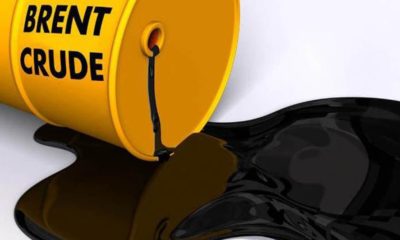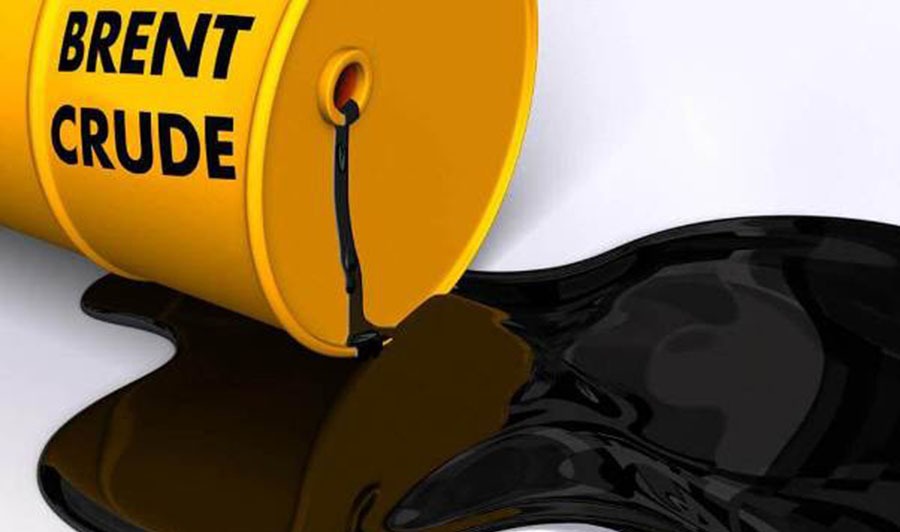It’s been another turbulent session after stock markets turned sharply lower on Wednesday as investors fret over the outlook for the economy this year.
Results from Walmart and Target this week have brought into sharp focus the plight facing companies and consumers as inflation begins to bite. And that’s in a country that is still performing relatively strongly with a consumer that still has plenty of savings built up over the last couple of years. Others are not in such a fortunate position.
But inflation is catching up and profit margins are taking a hit. Soon enough though, those higher costs will continue to be passed on and consumers will stop dipping into savings and start being more careful with their spending. There’s a feeling of inevitability about the economy, the question is whether we’re going to see a slowdown or a recession.
The language we’re seeing from Fed officials isn’t filling me with confidence either. We’ve gone from them being confident of a soft landing, to a softish landing and even a safe landing, as per Patrick Harker’s comments on Wednesday. I’m not sure who exactly will be comforted by this, especially given the Fed’s recent record on inflation and past record on soft landings.
And it seems investors aren’t buying it either. A combination of these factors and no doubt more has sent equity markets into another tailspin, with Wall Street registering another big day of losses on Wednesday and poised for another day in the red today. Europe, meanwhile, is also seeing substantial losses between 1% and 2%.
Oil slips as economic concerns weigh
Those economic concerns are filtering through to the oil market which is seeing the third day of losses, down a little more than 1% today. We were bound to see some form of demand destruction if households continued to be squeezed from every angle and it seems we may be seeing that expectation weigh a little as we move into the end of the week.
Meanwhile, China is reportedly looking to take advantage of discounted Russian crude to top up its reserves in a move that somewhat undermines Western sanctions. Although frankly, it would have been more surprising if they and others not involved in them didn’t explore such a move at a time of soaring oil prices.
Still, I expect Brent and WTI will remain very high for the foreseeable future, boosted by the inability of OPEC+ to deliver on its targets and the Chinese reopening.
Gold buoyed by recession fears?
Gold appears to be finally seeing some safe-haven flows as markets react strongly to the threat of recession rather than just higher interest rate expectations. The latter has driven yields higher and made the dollar more attractive while the economic woes they contribute to seem more suited to gold inflows, it seems.
It will be interesting to see how markets react in the coming weeks if the investor mindset has turned from fear of higher rates to the expectation of a significant slowdown or recession. And what that would mean for interest rate expectations going forward. Perhaps we could see gold demand return.
Can bitcoin continue to swim against the tide?
Bitcoin is holding up surprisingly well against the backdrop of such pessimism in the markets. Perhaps because it’s fueled by economic concern rather than simply interest rates. Either way, it’s still trading below $30,000 but crucially it’s not currently in freefall as we’re seeing with the Nasdaq. Whether it can continue to swim against the sentiment tide, time will tell.





























